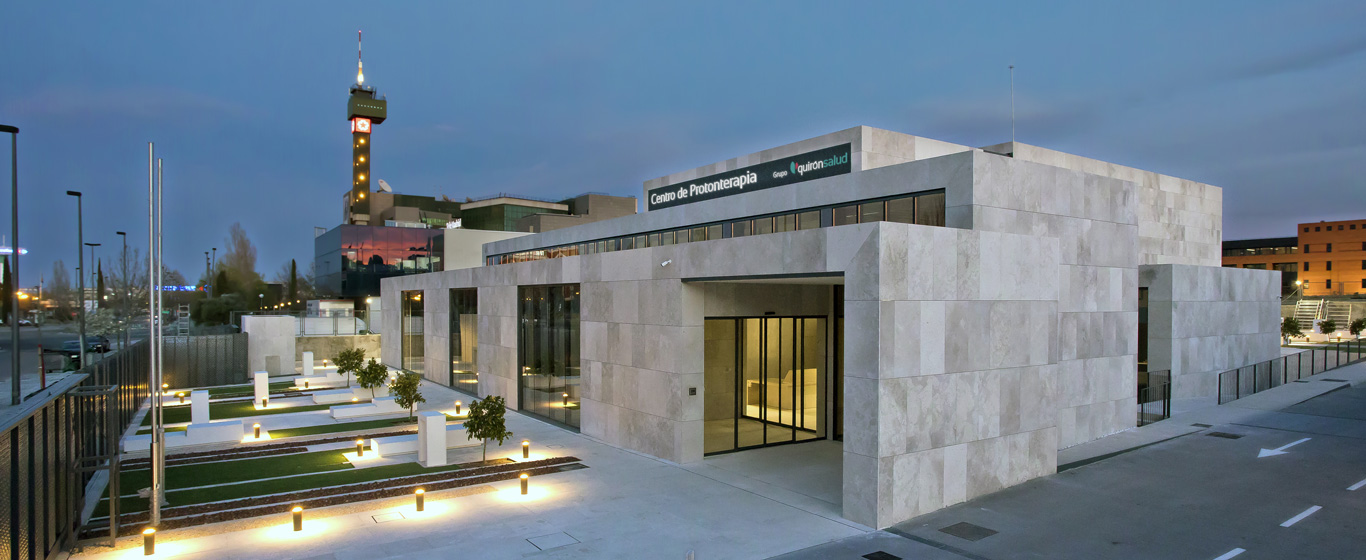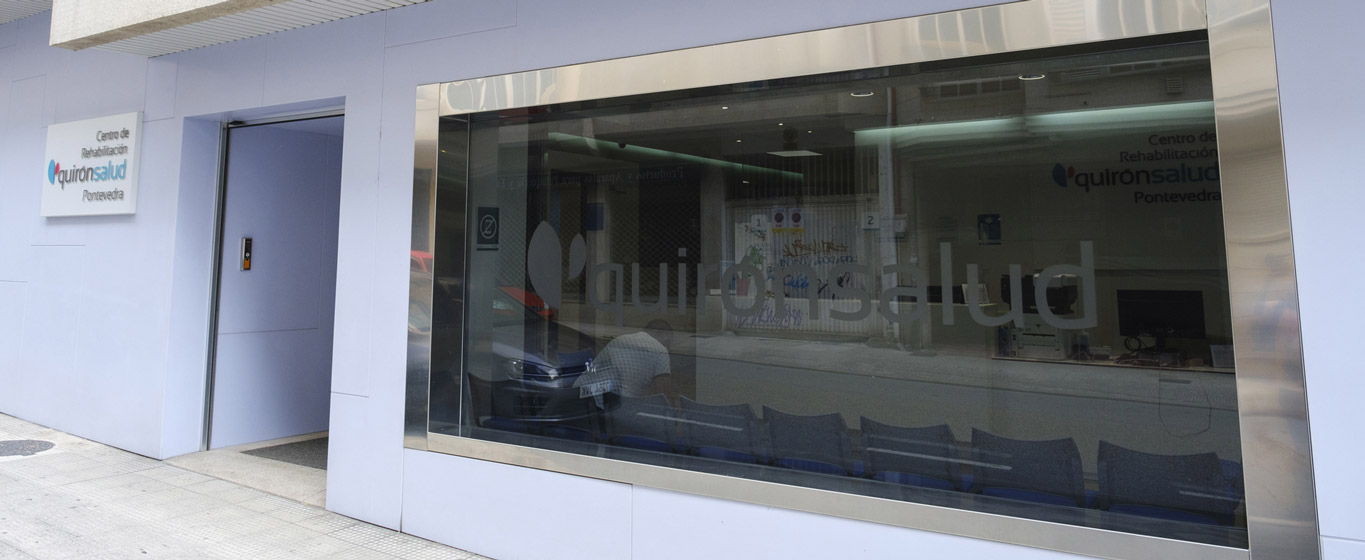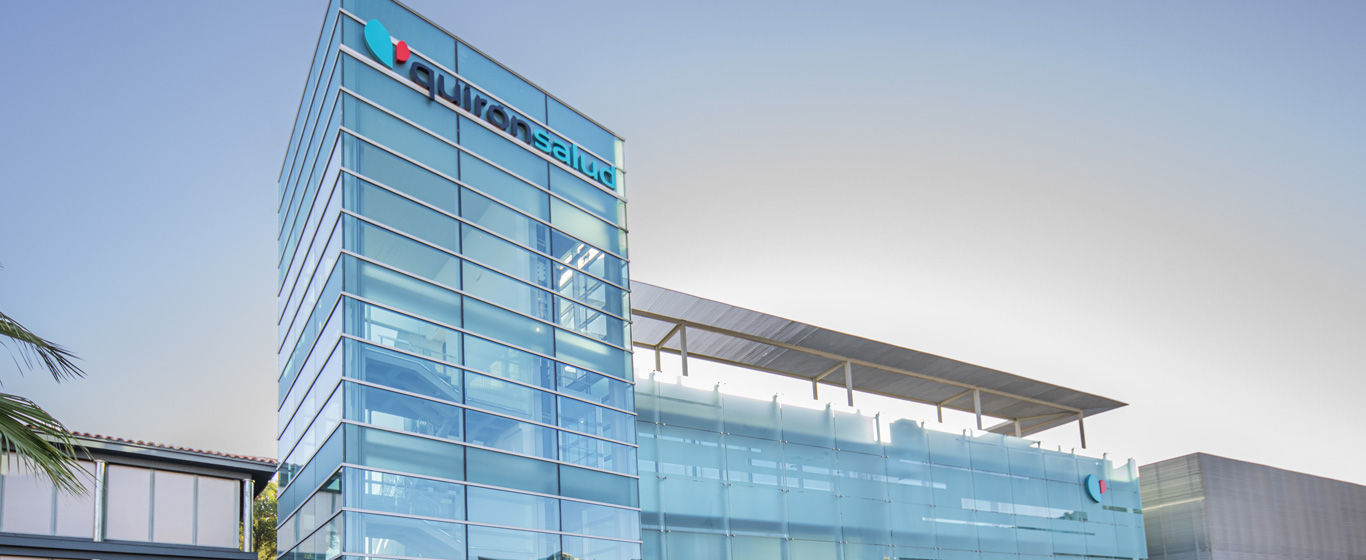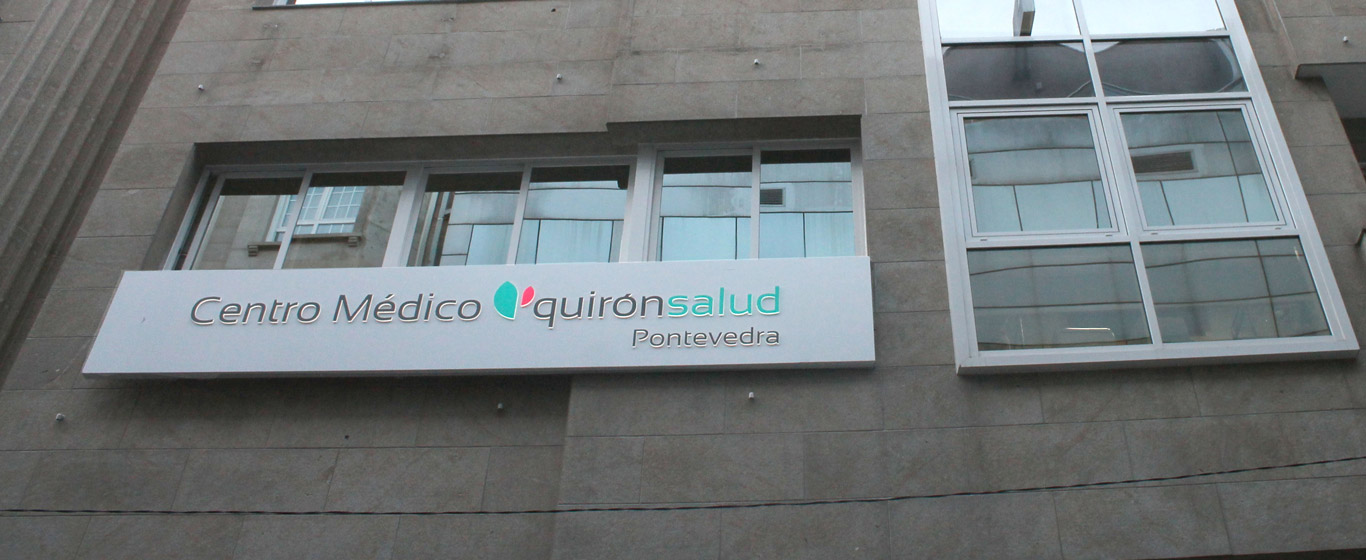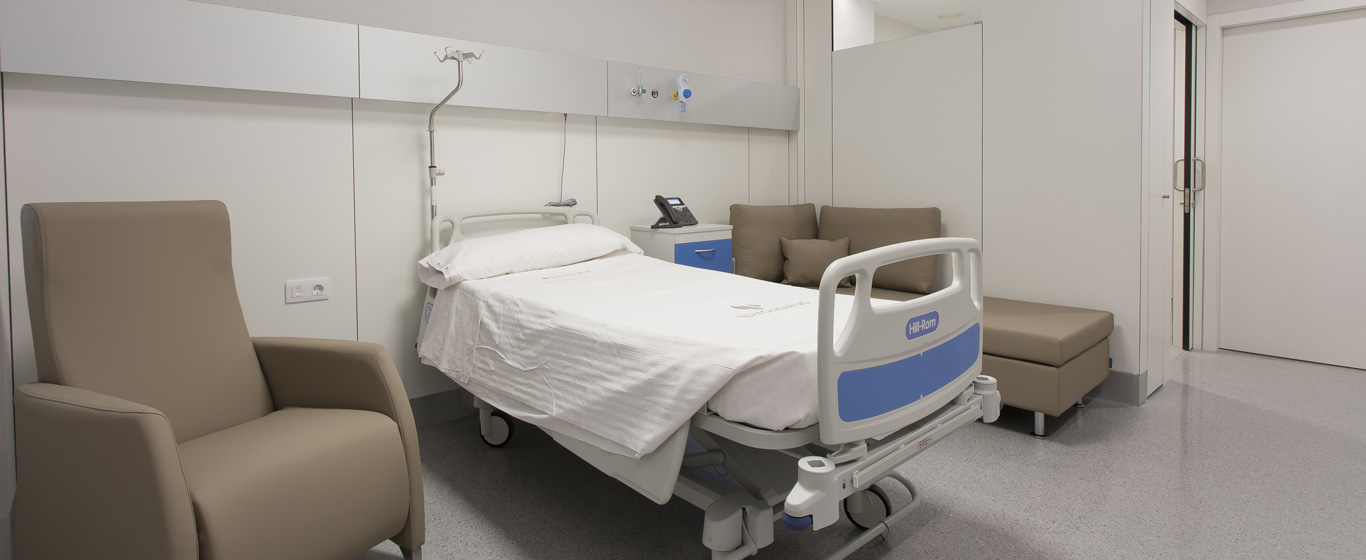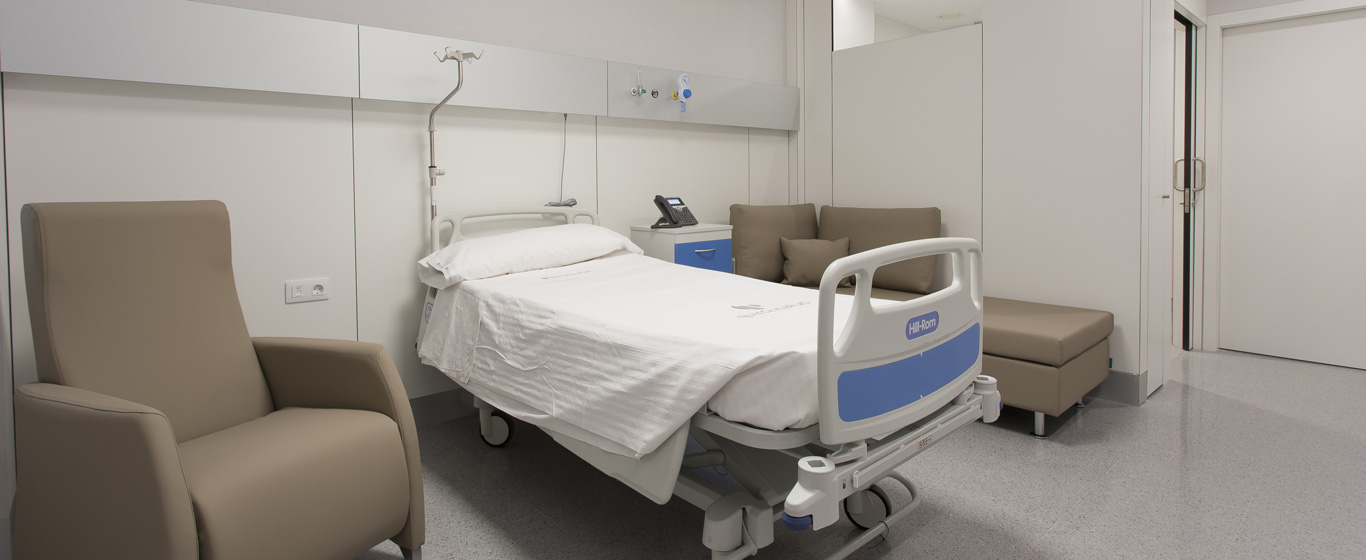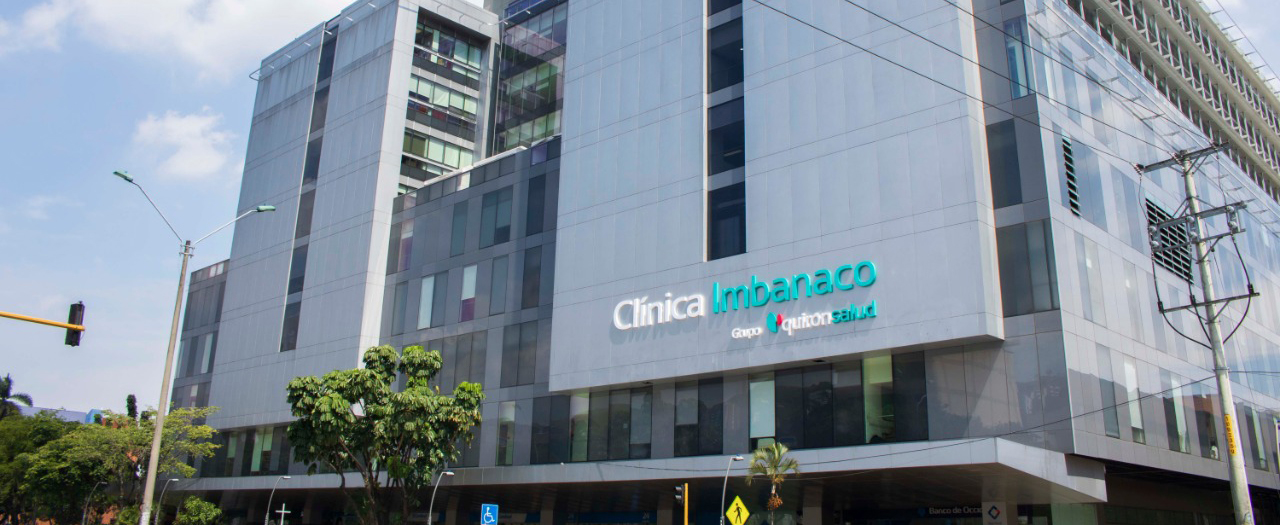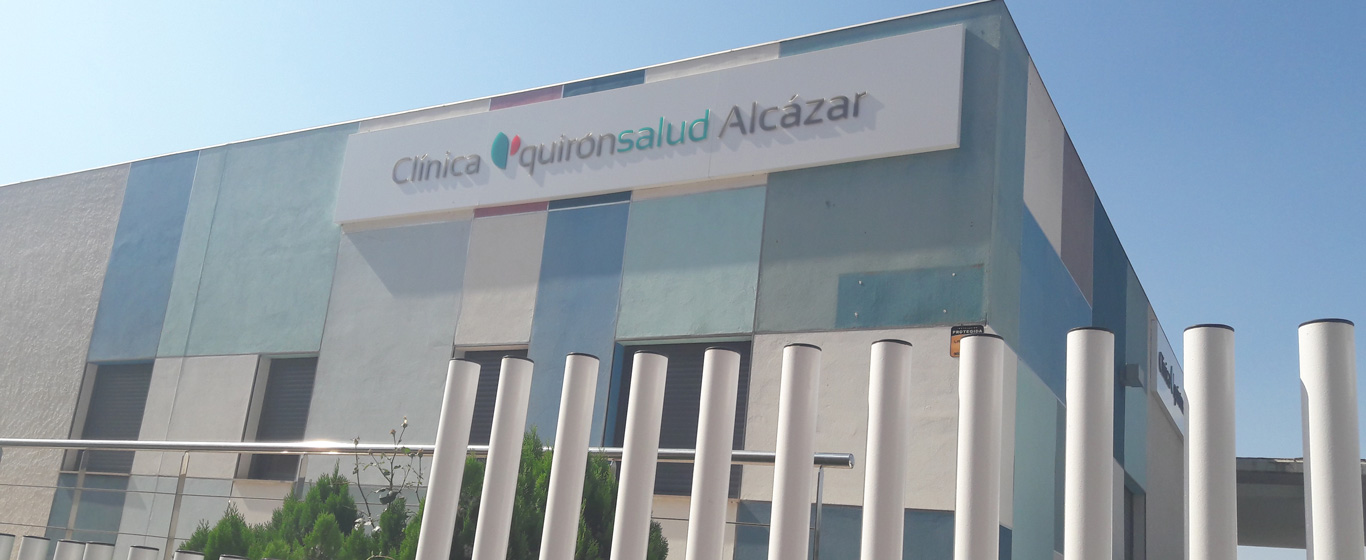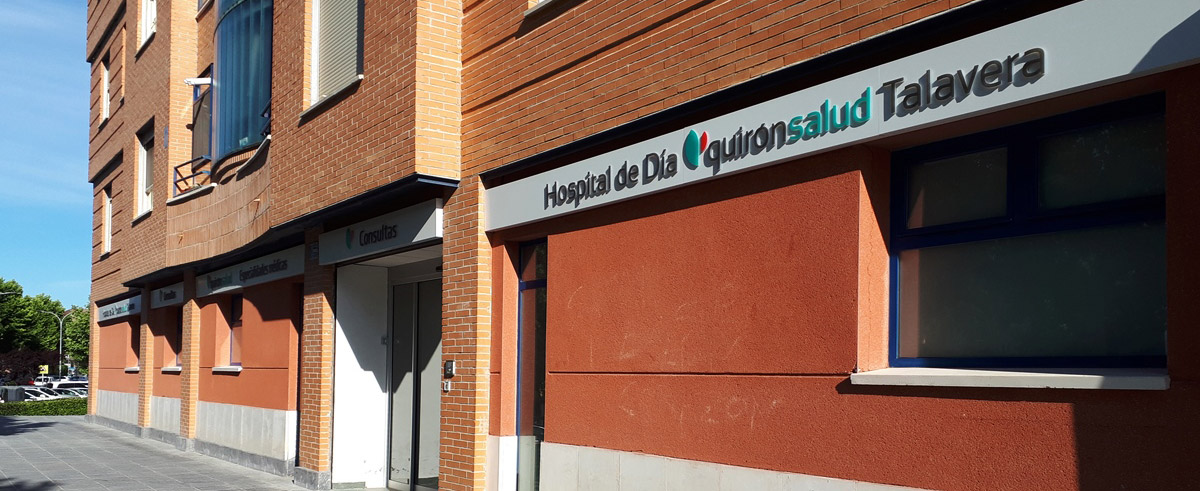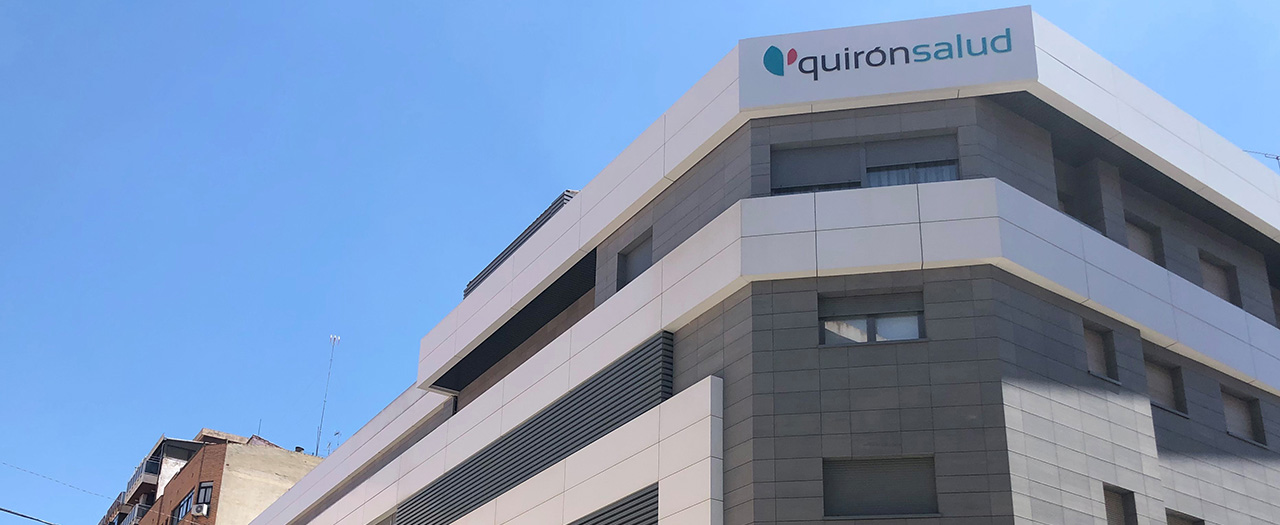Kidney Biopsy
A kidney biopsy is a diagnostic technique that involves extracting a sample of kidney tissue for microscopic analysis. The sample can be obtained through needle aspiration or laparoscopy.

General Description
A kidney biopsy involves extracting a tissue sample from the kidney for subsequent microscopic examination.
There are two main techniques for performing this procedure:
- Percutaneous kidney biopsy: The most common technique. The sample is extracted with a needle through the skin.
- Laparoscopic kidney biopsy: A minimally invasive surgical procedure in which a tube with a lighted camera (laparoscope) is inserted. This technique is used when the percutaneous approach is contraindicated, such as in patients with bleeding disorders or those with only one kidney.
When Is It Indicated?
A kidney biopsy may be recommended when abnormal results are obtained from blood or urine tests or imaging studies, primarily in cases of:
- Blood in the urine
- Excess protein in the urine
- Excess waste products
- Presence of a mass or tumor
Thus, a kidney biopsy helps diagnose kidney disorders and serves as a method for evaluating previously diagnosed kidney diseases, both for staging and assessing treatment effectiveness. It is also performed to check the function of a transplanted kidney.
How Is It Performed?
In a percutaneous kidney biopsy, a small incision is made in the back (or in the abdomen for transplant patients), through which a thin needle is inserted to suction the sample. This procedure is usually guided by ultrasound imaging, though a CT scan may also be used.
A laparoscopic kidney biopsy involves making three incisions—one in the abdomen for inserting the laparoscope and two on the side corresponding to the kidney being biopsied. Through these incisions, the necessary instruments are inserted to extract the tissue sample, using the video images captured by the laparoscope as a guide. Additionally, gas is introduced to expand the abdomen, improving visualization and maneuverability.
In the laboratory, the samples are examined under a microscope to detect abnormalities. To preserve the tissue, it is immersed in formalin (CH₂O) and covered. Then, it is sectioned into thin slices and treated with stains that facilitate the identification of different cell structures.
Risks
Although rare, a kidney biopsy is not without potential complications:
- Excessive bleeding in the kidney
- Infection at the incision site
- Accidental injury to blood vessels or surrounding organs
What to Expect from a Kidney Biopsy
After removing their clothes and putting on the provided gown, the patient lies on the examination table. For a percutaneous kidney biopsy, the patient lies face down (or face up if they have a transplanted kidney). An intravenous sedative may be administered to help with relaxation, but the patient remains conscious during the procedure. Using ultrasound guidance, the biopsy site is located. The area is sterilized, and a local anesthetic is applied. While the needle is being inserted, the patient must remain still and hold their breath. It is common to feel a clicking sensation or pressure when the needle reaches the kidney. In some cases, multiple insertions are needed to collect enough tissue. Once the sample is obtained, the needle is removed, pressure is applied to the area for several minutes to stop bleeding, and a bandage is placed. The procedure typically lasts between 15 and 30 minutes.
In a laparoscopic kidney biopsy, general anesthesia is required. After the samples and instruments are removed, the incisions are sutured. This procedure usually takes between 30 and 45 minutes.
In both cases, the patient must remain in the recovery room for six to twelve hours, where vital signs are monitored, and any signs of bleeding are checked. It is normal to feel soreness at the biopsy site, and if laparoscopy was performed, shoulder and arm pain may occur due to the gas used. Additionally, blood in the urine is common for up to 24 hours after the procedure. Once home, the patient should rest and avoid physical exertion for a few days.
Specialties That Request a Kidney Biopsy
A kidney biopsy is commonly requested in the fields of oncology, nephrology, and urology. Tissue analysis is performed in the laboratory by pathology specialists.
How to prepare
Before the biopsy, blood and urine tests are conducted to check clotting function and rule out infection. It is also likely that any anticoagulant medications the patient is taking will be discontinued, as they increase the risk of bleeding. Additionally, the patient must fast for six to eight hours before the procedure and sign a consent form.




